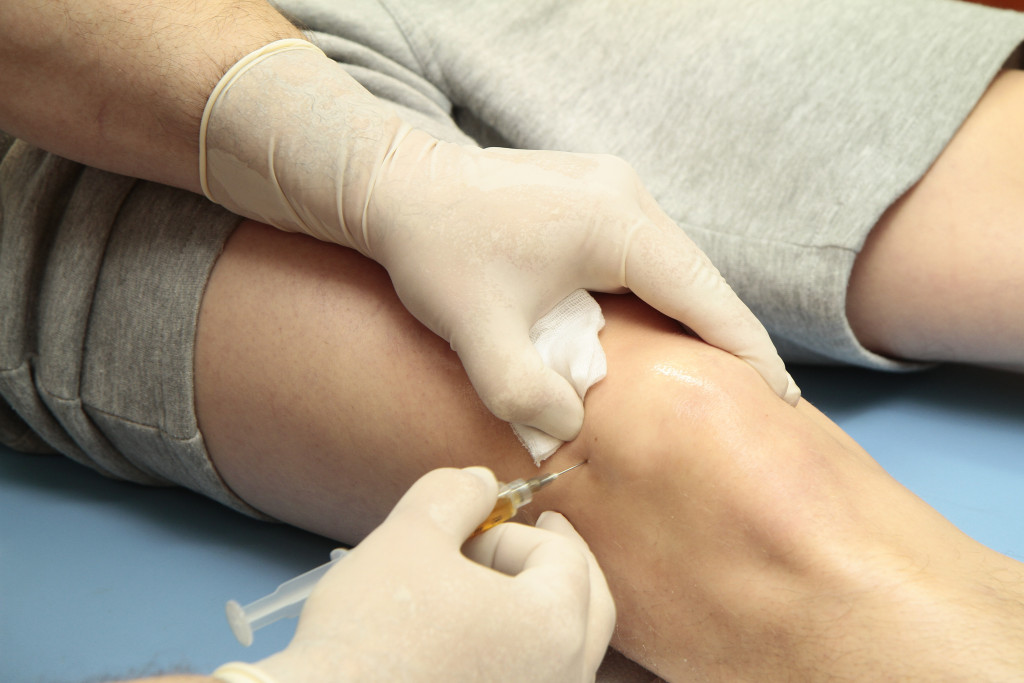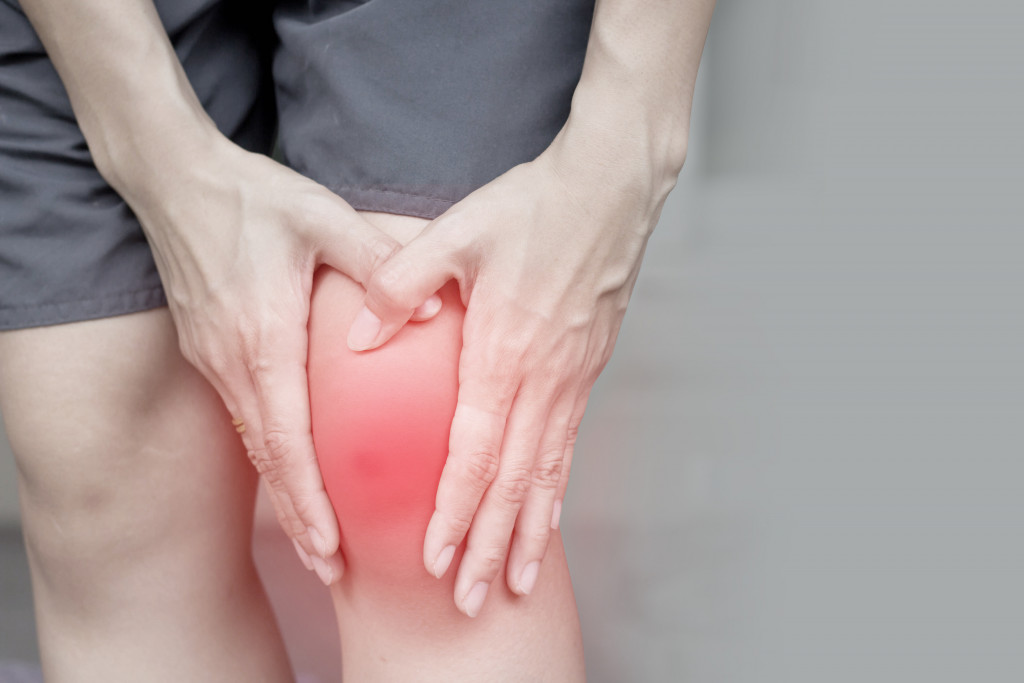As people live longer, the number of people suffering from osteoarthritis is rising. According to the Centers for Disease Control and Prevention, osteoarthritis affects over 32.5 million US adults. But researchers are hard at developing new technologies to help those with osteoarthritis manage their condition and improve their quality of life. Here are five of the most promising advances in technology for treating osteoarthritis:
Wearable Joint Sensors
In recent years, there has been an increasing focus on developing wearable sensors for various medical applications. One such application is the treatment of osteoarthritis, a debilitating condition affecting millions worldwide. While current osteoarthritis treatments primarily focus on symptom management, there is a growing consensus that early diagnosis and intervention are crucial to preventing disease progression.
Wearable joint sensors offer the potential to provide real-time data on joint function, allowing for early detection of osteoarthritis and targeted interventions to prevent further damage. In addition, these sensors could be used to monitor current treatments’ effectiveness and tailor future treatments to individual patients. With continued advances in wearable technology, these sensors will likely play an increasingly important role in the care of patients with osteoarthritis.
Knee Braces
Knee braces are often used as a non-invasive treatment for osteoarthritis, particularly in the early stages of the disease. Braces can support the knee joint and help reduce pain during movement, making them one of the best knee replacement surgery alternatives one can find.
Many knee braces are available, ranging from soft sleeves to rigid hinged braces. A doctor or physical therapist can help determine the best type of brace for each patient.
In addition, braces can be used in conjunction with other treatments, such as medication and exercise. However, it is essential to note that knee braces should not be used as a replacement for recommended medical care. Overall, knee braces can provide support and relief for those suffering from osteoarthritis pain.
Platelet-rich Plasma (PRP) Therapy
Platelet-rich plasma (PRP) therapy is a treatment that uses the patient’s own blood to help speed up the healing process. The blood is drawn from the patient and then placed in a centrifuge, which spins the blood and separates the different components. The platelet-rich part of the blood is then injected into the area that is being treated.

PRP therapy can be used for various purposes, including helping heal wounds and stimulating hair growth. It has also been shown to be effective in treating osteoarthritis. PRP therapy provides the body with growth factors and other proteins that promote healing. The treatment can help to reduce pain, inflammation, and stiffness associated with osteoarthritis. Additionally, PRP therapy can help to encourage the regrowth of cartilage.
A study published in 2018 found that PRP injections were associated with significant improvements in pain and function in knee osteoarthritis patients. Another study published in 2019 found similar results in patients with shoulder osteoarthritis. PRP therapy is a safe and effective treatment option for patients with osteoarthritis seeking relief from their symptoms.
Robotic-assisted Surgery
Robotic-assisted surgery is a minimally invasive surgical procedure that uses a robotic arm to control surgical instruments. This surgery has been used for various procedures, including hip and knee replacements.
Recently, robotic-assisted surgery has also been used to treat osteoarthritis. This type of arthritis is a degenerative disease that affects the joints, causing pain, stiffness, and inflammation. In the past, treating osteoarthritis required open surgery, often resulting in significant blood loss and a long recovery time.
However, robotic-assisted surgery offers many benefits over traditional open surgery. This surgery is less invasive, resulting in less blood loss and a shorter hospital stay. In addition, it is associated with a lower risk of infection and a faster recovery time. As a result, robotic-assisted surgery is an increasingly popular treatment option for osteoarthritis patients.
3D-printed Implants
3D-printed implants are increasingly used to provide customized care for patients with osteoarthritis. Accurately printing complex shapes in biocompatible materials allows surgeons to create implants designed to fit each patient’s anatomy. This customized approach can result in better patient outcomes and reduced implant instability and loosening risk.
In addition, 3D-printed implants can be made from various materials, including metals, ceramics, and polymers. This allows surgeons to choose the implant material best suited for each patient’s needs. As 3D printing technology continues to evolve, it is likely that even more customized and effective osteoarthritis treatments will become available.
Overall, there are numerous technological advances in the treatment of osteoarthritis. These include robotic-assisted surgery, intra-articular injections, and PRP therapy. Each option offers potential benefits over traditional open surgery, such as less invasiveness and a faster recovery time. As technology advances, more options for treating osteoarthritis will likely become available. These advances offer hope to those suffering from the pain and limitations of this degenerative disease.


